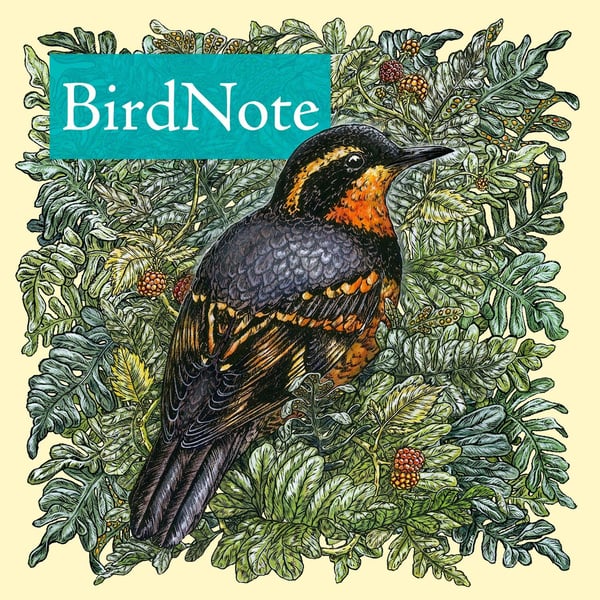The Cactus Wren's Signature Voice
BirdNote Daily
BirdNote
4.6 • 1.2K Ratings
🗓️ 18 February 2025
⏱️ 2 minutes
🧾️ Download transcript
Summary
Transcript
Click on a timestamp to play from that location
| 0:00.0 | This is Bird Note. |
| 0:03.0 | Perched atop a cactus in the American Southwest, |
| 0:06.5 | a strikingly patterned brown bird sings a gravelly refrain. |
| 0:14.4 | Its harsh foreboding quality seems to capture the mood of the arid, thorn-studded landscape. |
| 0:23.7 | Our singer is the size of a red-winged blackbird, |
| 0:27.9 | but it's a wren, a very large one, called the cactus wren. |
| 0:33.1 | Most wrens in North America are small, furtive birds that stay deep in the vegetation. |
| 0:39.0 | The bold, brassy cactus wren is the northernmost species of a group of tropical wrens, |
| 0:45.2 | all big wrens with complex social behavior. |
| 0:49.5 | You might see a whole family group of cactus wrens foraging together in search of large insects and cactus fruits. |
| 0:56.7 | These wrens are well adapted to the desert and can get all the moisture they need from their food. |
| 1:06.3 | Cactus wrens are a regular site in their range of dry habitats from West Texas to California. |
| 1:12.8 | The nest looks like a football made at twigs stuck horizontally in a thorny tree or choya cactus. |
| 1:19.8 | The nest is easily seen, but well guarded by the spiky vegetation. |
| 1:27.9 | For Bird Note, I'm Mary McCann. |
Please login to see the full transcript.
Disclaimer: The podcast and artwork embedded on this page are from BirdNote, and are the property of its owner and not affiliated with or endorsed by Tapesearch.
Generated transcripts are the property of BirdNote and are distributed freely under the Fair Use doctrine. Transcripts generated by Tapesearch are not guaranteed to be accurate.
Copyright © Tapesearch 2025.

